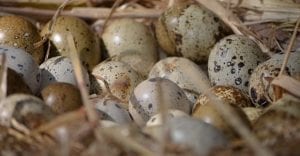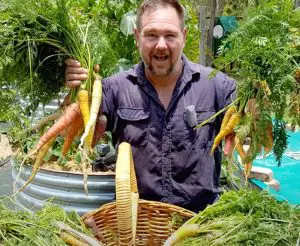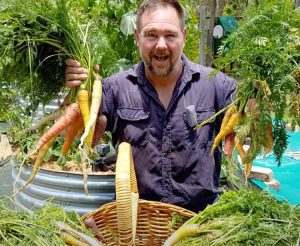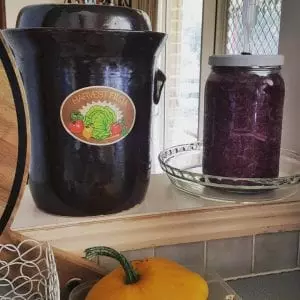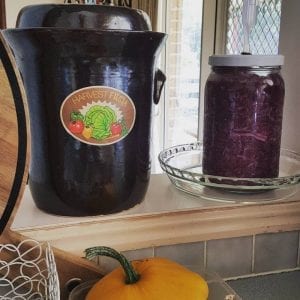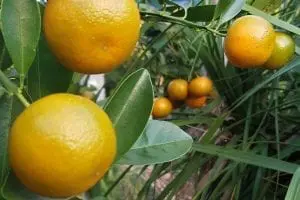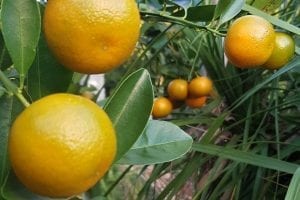What is Ube?
Ube (dioscorea alata) is a perennial tropical vegetable that you may not have heard of. A specialty of south-east Asia, this purple winged yam is a low-GI, easy-to-grow staple that puts a lot of food on the table for minimal effort. Especially versatile in the kitchen, it can be used in both both savoury and sweet dishes, and its vibrant purple colour lends itself to featuring in exotic desserts like creamy purple yam pudding (ube halaya).
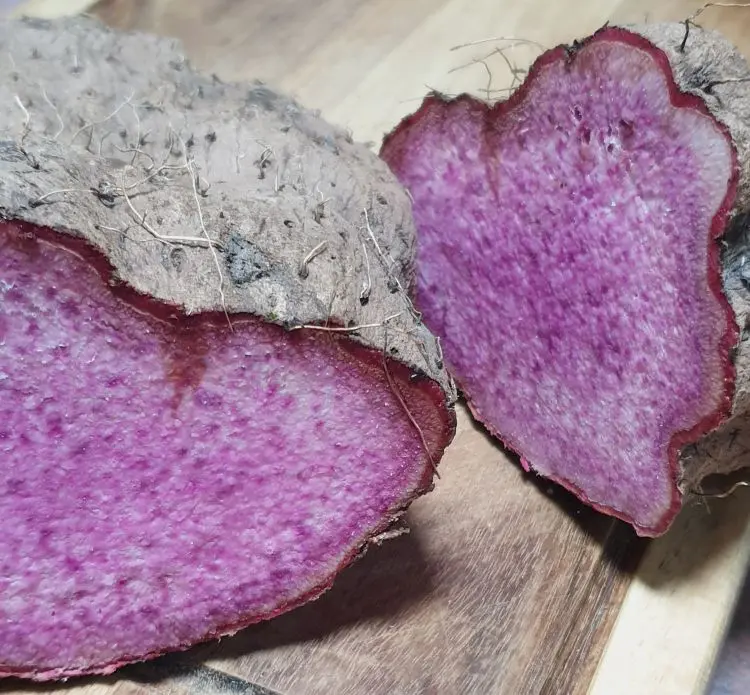
Ube can easily be mistaken for yams, taro and/or sweet potatoes. This is understandable, as all 3 are large, starchy underground tubers which flourish in the tropics. Despite this, they are completely different plants, which are not even in the same family. Colour is the most obvious difference; ube flesh is mid-purple, as opposed to white with pink flecks (taro) or dark purple (sweet potato).
What Does it Taste Like?
Ube is quite like sweet potato in both taste and texture. Naturally, taste is an individual thing, but ube is generally said to have a mild, slightly sweet taste, something like vanilla with a nutty undertone. This is why it is often paired with white chocolate & coconut in desserts. Ube is easily mashed and made into jam or puree, as its texture is more smooth and moist than sweet potato. These can be added into any number of recipes such as breads, buns, cheesecake, pancakes and more. Unlike sweet potato, however, the pretty, heart-shaped leaves are not edible.

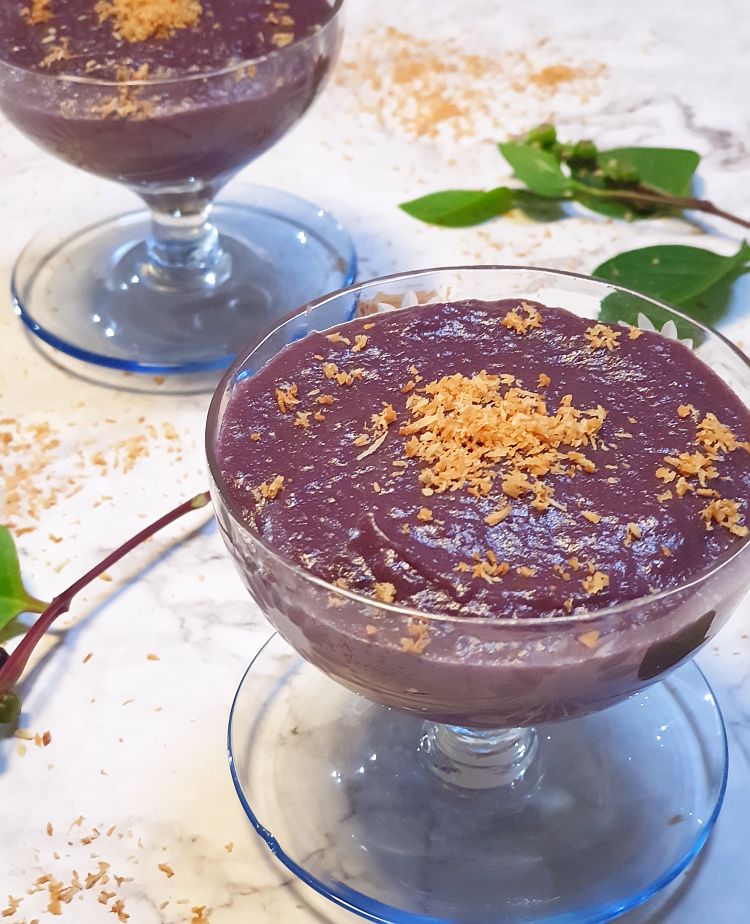
Ube can also work in savoury dishes. It is easy to cut and work with, and can be eaten on its own as a vegetable, just like potatoes. It also lends itself well to things like hummus & dumplings, as its flavour blends nicely with many other ingredients.
It’s essential to cook ube fully before eating, otherwise it is toxic to humans. Any toxicity is easily identifiable, however, as it will taste bitter and appear undercooked.

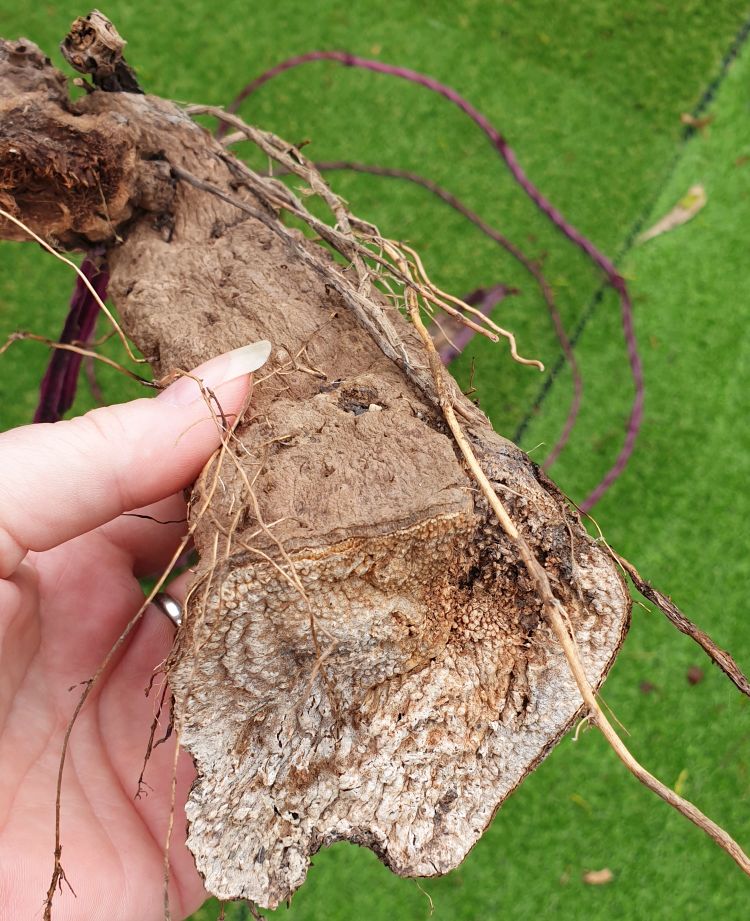
Growing Conditions
Ube can be grown as an annual in warm temperate zones, but is definitely a tropical plant that does best in hot humid summers. For US readers, that means it can be grown as an annual zone 9 and below, and as a perennial in zones 10 and above. In Australia, frost-sensitive ube acts a perennial in tropical and subtropical zones but can be grown as an annual further south.
Here in subtropical seQLD, I find that ube foliage dies off in winter. If unharvested, the tubers will happily stay in the ground and re-sprout around December, growing up to 10″ a day. Alternatively, you can harvest at the end of summer and store the tubers through winter for eating or future planting. Ube stores exceptionally well (much better than potatoes!) and no special conditions or specific temperatures are required to keep the tubers in great shape. Harvested tubers will sprout and start growing by themselves once the weather becomes hot.

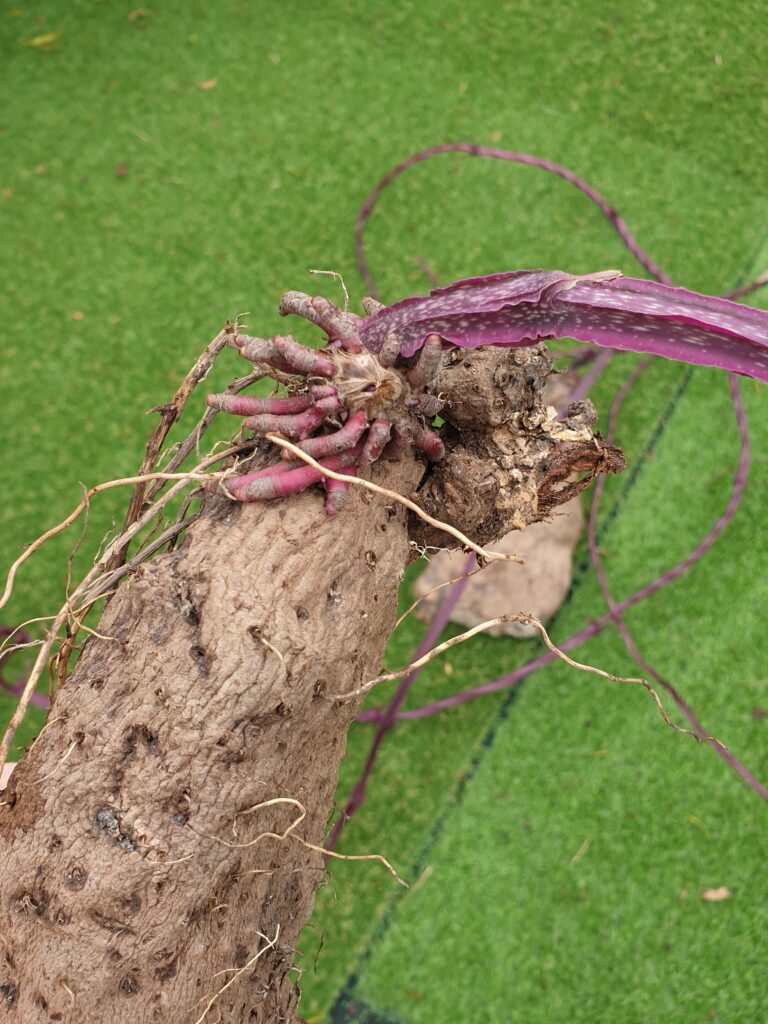
This is a very easy food plant to grow! Ube is not fussy on soil and is quite drought tolerant, so it’ll forgive you if you forget it temporarily. At the same time, it will do best with rich soil which is kept moist, good drainage, and full sun. And yes, I mean full sun in the tropics– while ube will grow in part shade in a warm temperate zone, this plant is a real sun-lover. As with all tubers, friable soil allows for optimal growth. Digging your soil over before planting so that it’s nice and loose will help grow the biggest tubers.

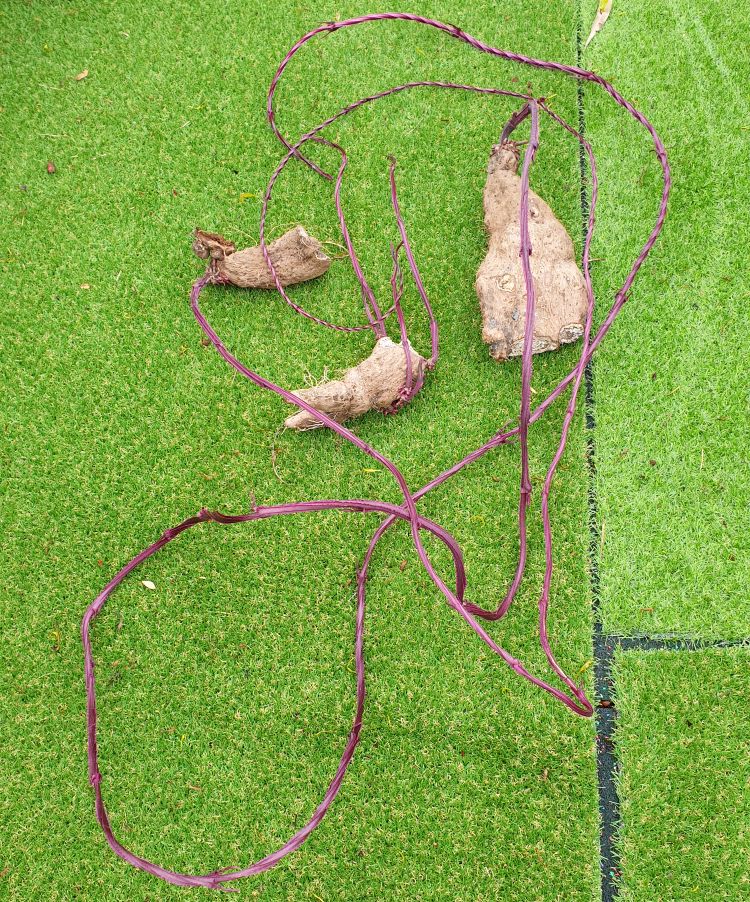
Ideal Climate
Ube is a tropical food plant, so will thrive in tropical & humid subtropical climate zones. Hot sun, high humidity and heavy summer rain are the winners here; in these conditions ube grows extremely fast. It is a big, heavy vine which requires space and a strong support system, so make sure you have a suitable position plus a good arch or trellis planned in advance. Note that they are considered an invasive species in Florida, so check your local regulations before planting, and make sure to keep it contained by growing it in a large pot.

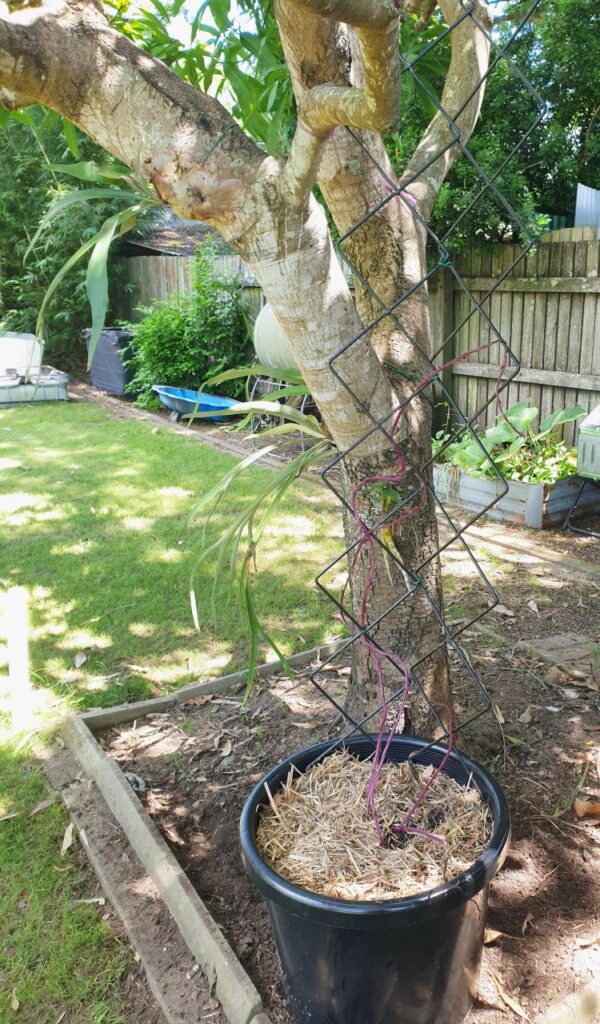

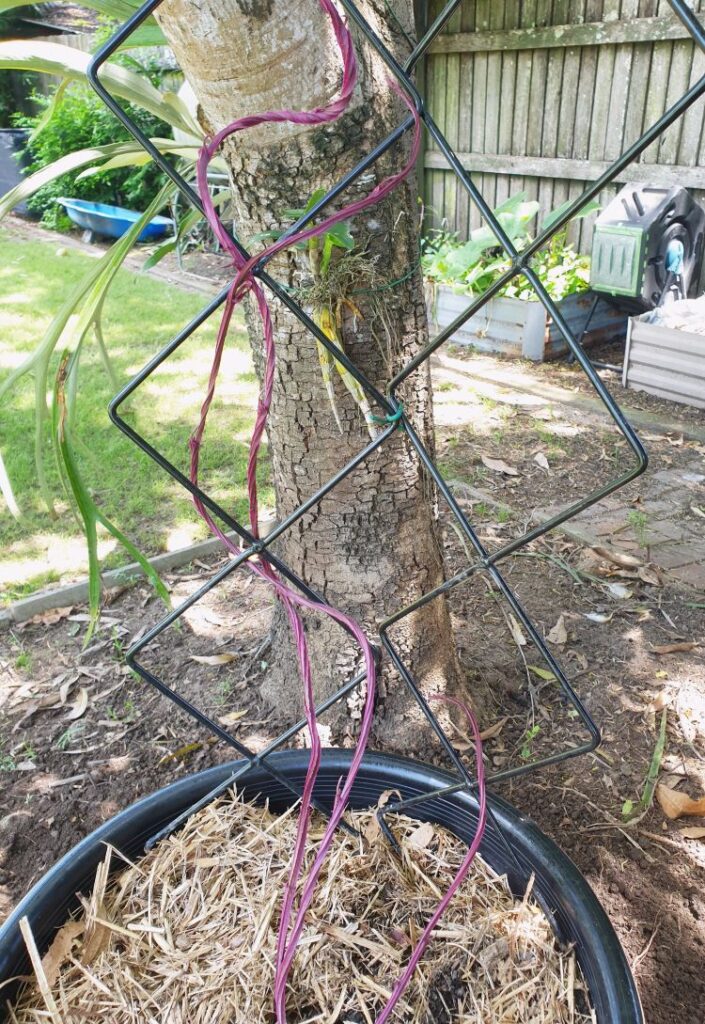

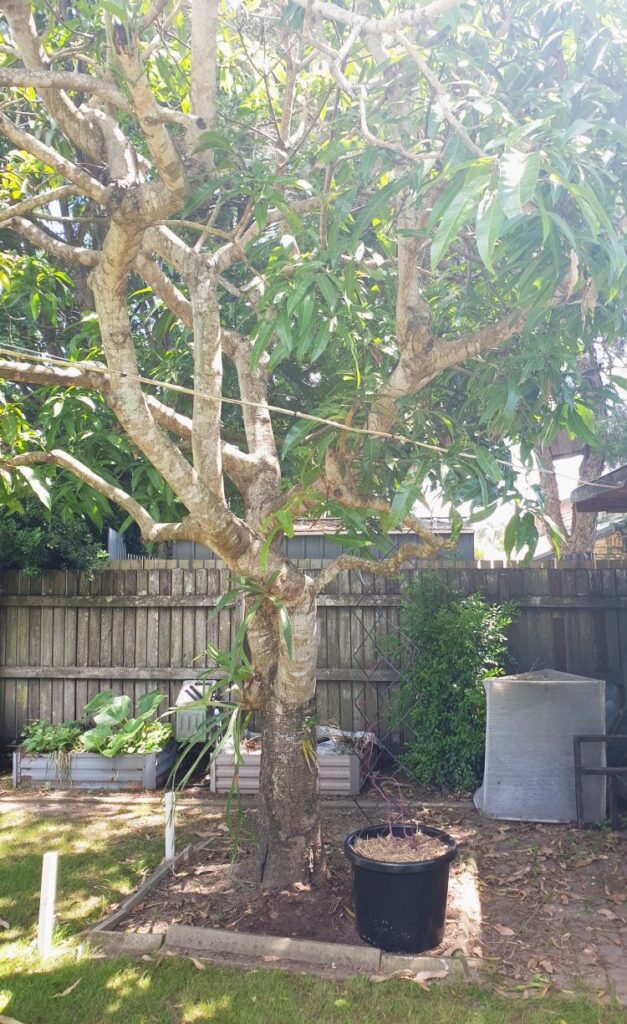
This year I’ll be growing my ube in a large pot, shown above. I’ve placed a small trellis in the pot, which will be strong enough to partially support the vine-type foliage. Ube grows vertically, so will soon make its way up into the mango tree behind it, whose branches will hold the bulk of the plants weight.
Planting Ube
Just like potatoes, ube yams are grown (or propagated) by planting a piece of the tuber. Before planting, make sure your soil is well-prepared. This way, you won’t need to give additional nutrition during the growing season. Add compost if you have it, and/or some aged animal manure, plus some blood & bone (bonemeal). Dig it through well, and break up the soil as you go so that the soil is loose.
This is an unfussy plant, and will sprout from whole or partial tubers in or out of soil. If planting cut pieces, let them dry out for a few days before planting so they don’t rot. Plant with the cut side facing down, and cover with 4-5 inches of soil and mulch on top. Remember that this is a vigorous plant whose tubers can become enormous, so consider positioning carefully before planting. Ube grows well in containers, but ensure you choose a pot of at least 50 litres to allow enough space for tubers to grow to an adequate size.
Whatever your climate, ube should be planted in spring or summer. Make sure any danger of frost has passed, and your ube should sprout within 12 weeks. Whether you’re planting in the ground or in a pot, make sure water can drain freely.

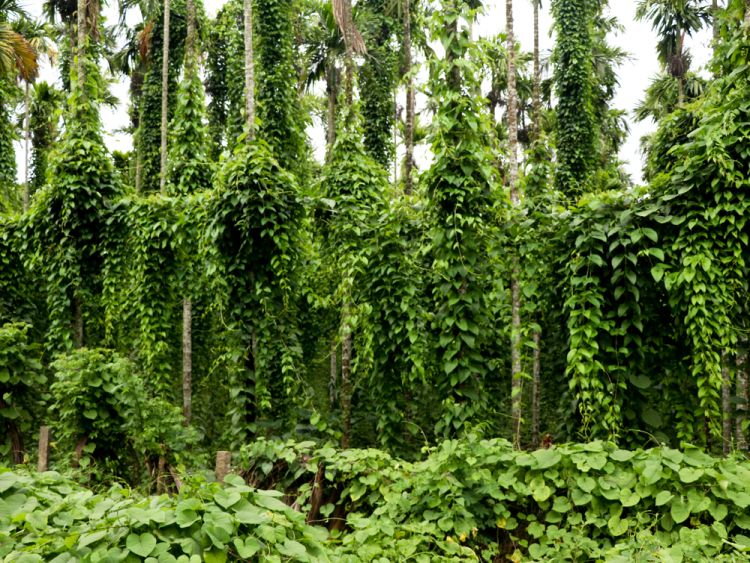
Ongoing Care
While ube is easy to grow and is somewhat drought-tolerant, it will grow best with consistent moisture. Soaker hoses and drip irrigation are great for this plant, but not essential. Soil should be neutral to slightly acidic, and if prepared well before planting, won’t need any added fertiliser. Remember to have a strong support in place at the time of planting. Ube grows so fast, it can get away from you quickly and overtake other plants if you’ve haven’t planned for it in advance. If the foliage does get overbearing, ube can withstand light to moderate pruning.

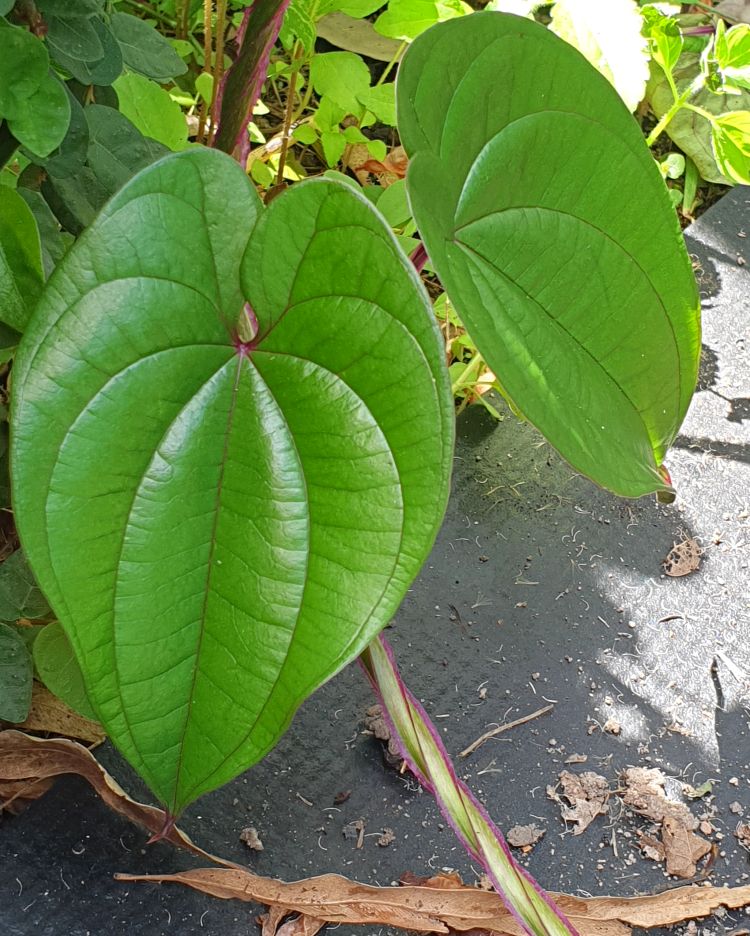
Ube is a hardy plant to grow which usually has no problems. Nevertheless, there are a few potential issues to keep in mind. Always make sure the tubers are fully buried under the soil. Just like potatoes, ube will turn green and toxify if exposed to light. Root-knot nematodes may appear, in which case, rotate the crop to a different bed and till the soil thoroughly. Scale insects and mealybugs are possible pests. These can be eliminated by careful pruning and application of a rubbing alcohol solution (mealybugs) or white oil.


